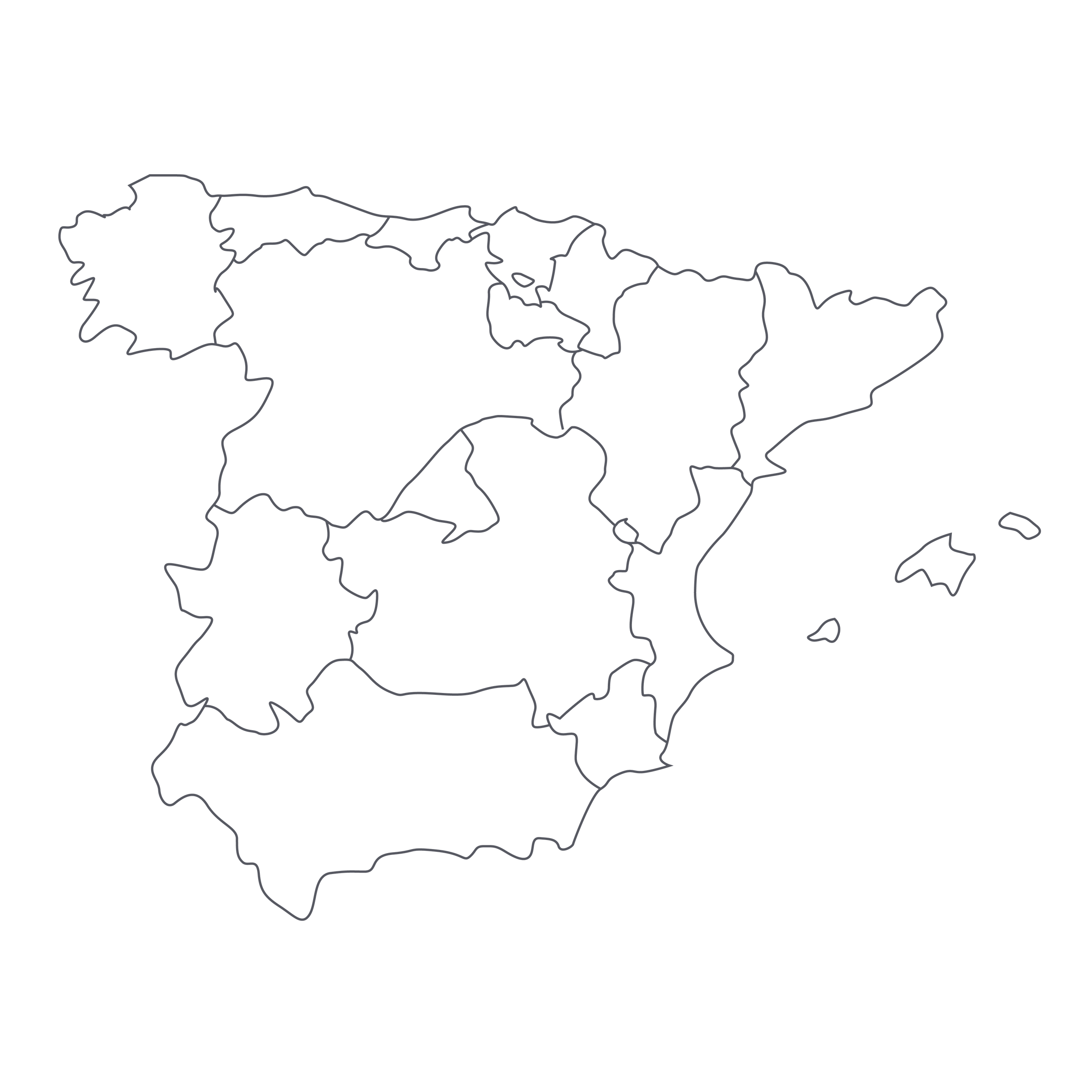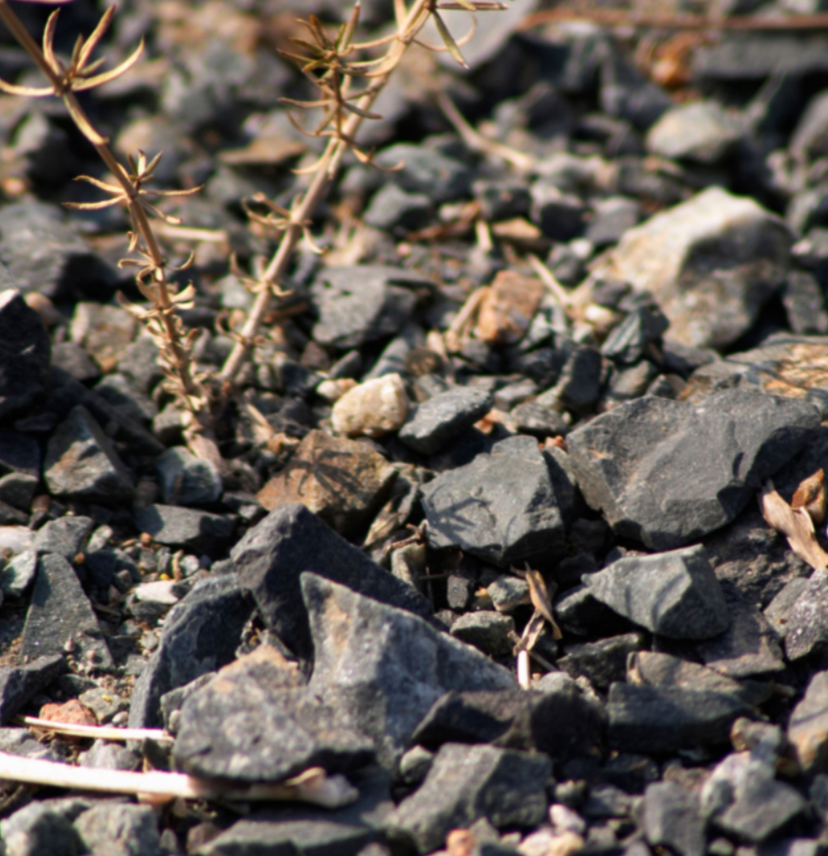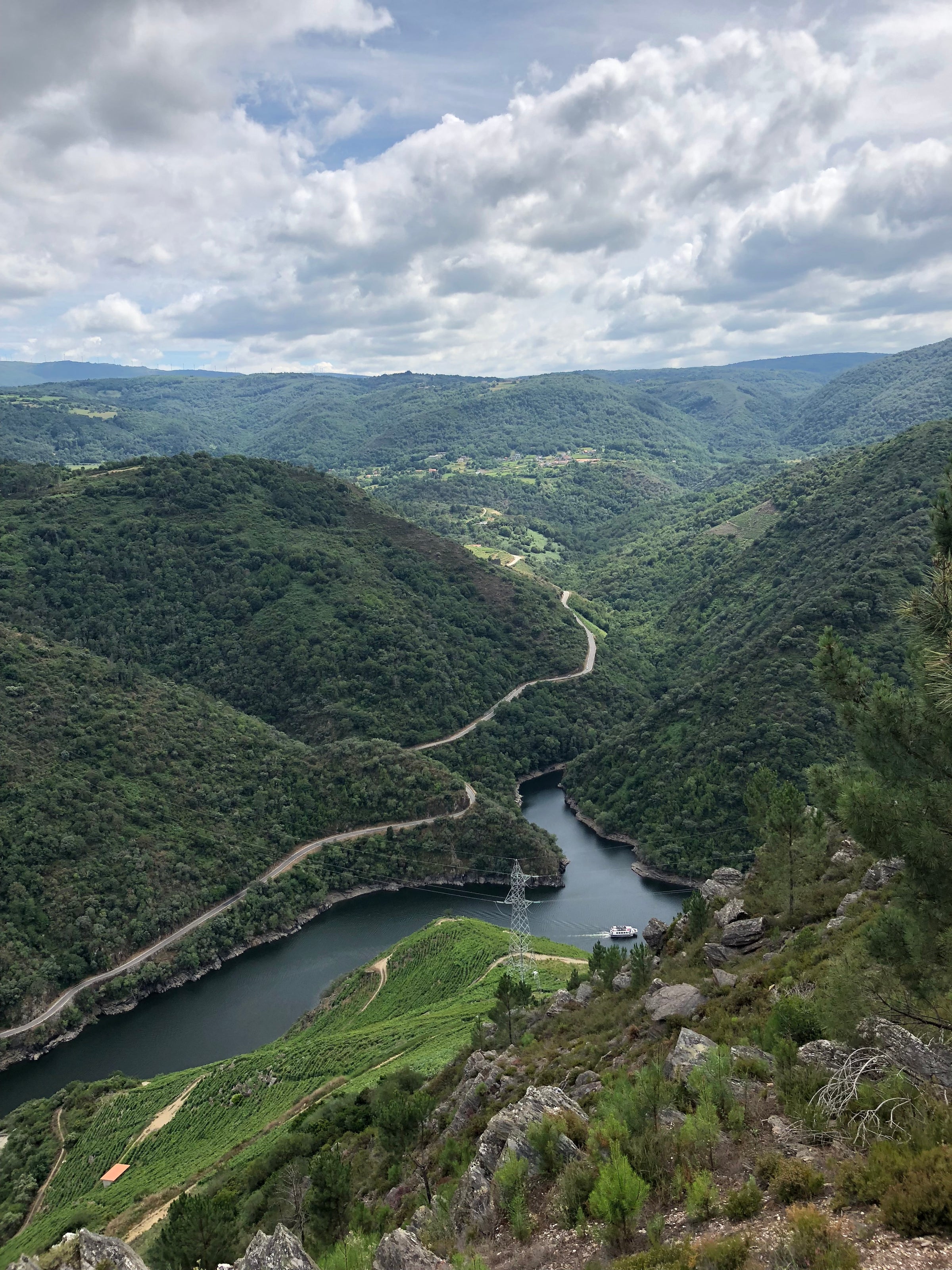There are many iconic roadways in the world of wine—RN74 in Burgundy; Highway 29 in the Napa Valley—but one that may be less familiar is the N122, between the cities of Aranda del Duero and Valladolid in northern Spain. This is a main artery of the Ribera del Duero region, which follows the path of the Duero River and is studded with big wine names—including the biggest of them all, Vega Sicilia, and another superstar just down the road, Bodegas Arzuaga Navarro.
Home not only to a winery with 150 hectares of vines but a hotel and spa as well, Arzuaga is a showpiece with wines to match: Today’s 2010 Reserva Especial is the kind of polished, powerful Ribera del Duero red that should arrive with a motorcade—a sumptuous peer to regional luminaries such as Vega’s “Alión” and Pingus’ “Flor de Pingus.” While I’m more inclined to drink this monumental red sometime in the middle of winter, the opportunity to purchase some perfectly aged bottles came up now—which is not something we’re going to pass up! This is a rich, regal, “wow” style of wine and one for the cellar at that: it has a decade-plus of positive evolution still ahead of it. We can offer up to six bottles today until our limited supply runs out.
“Ribera,” meaning “bank,” in this case refers to a high plateau north of Madrid traversed by the Duero River (which become the Douro when it crosses into northern Portugal). It’s an arid landscape with low rainfall and extreme day/night temperature variations, with a hotter growing season than that of Rioja, which is a few hours to the northeast. Both regions, of course, are best known for reds from the Tempranillo grape (called Tinto Fino or Tinta del País in Ribera del Duero), and, in the last few decades, Ribera del Duero has grown to rival Rioja in international recognition. It was a wine backwater when Vega Sicilia was first founded, and not recognized as an official Denominación de Origen (DO) until 1982, when there were a little over a dozen commercial producers. Today, there are more than 300, including critical darlings such as Pesquera, Abadia Retuerta, and Hacienda Monasterio (all neighbors of Arzuaga along that Aranda-Valladolid corridor).
Bodegas Arzuaga Navarro was created in the early 1990s from a vast estate called La Planta, which spans more than 1,400 hectares in total. The Arzuaga wine operation, now drawing on 150 hectares of vines planted primarily to Tinto Fino, is emblematic of the rapid growth and spare-no-expense ethos that has defined the region in the modern era: It is a spectacular, state-of-the-art facility kitted out with the best of everything—including lots of expensive, new French oak barrels. Today’s wine carries a Reserva designation, which, according to Ribera del Duero DO rules, means it spent at least two years in barrel and another in bottle before it was released (in this case, it was two years in 100% new French oak, followed by about 18 months in bottle before release).
This wine has enjoyed further bottle aging still, which has enabled it to integrate its oak flavors and allow more fruit and earth to the fore: One of the big identifiers of Spanish reds in blind tasting is a note of intense vanilla and coconut, from American oak; dill grows wild in the vineyards so you can find trace aromas of that as well. We didn’t recognize that in this wine, but there is a chocolate/vanilla and sandalwood note I’d attribute to the French barrels. This wine definitely smells and tastes expensive: In the glass, it’s an opaque ruby-black extending to a light ruby rim, with seductive aromas of black plum, blackberry, mulberry, licorice, cacao nibs, oiled leather, coffee grounds, and hints of sandalwood. It is full-bodied and as richly satisfying as the last sips of a café mocha, with dusty tannins framing the dark fruit and balancing acidity lending the wine surprising grace for its size. Make no mistake: This is a full-throttle red of the type that scores big with the critics, and I’ve got to say, it’s really delicious—and better still the second day open. I’m especially keen to see what this wine does after 3-5 years’ further aging. It is only now hinting at its peak drinking window; as the oak component recedes further and more savory/spicy elements emerge, this is going to be a showstopper. If you’d like to enjoy a bottle now, it is certainly approachable after about an hour in a decanter: Serve it in your largest Bordeaux stems at 60 degrees with some slow-cooked lamb as in the attached recipe—just don’t plan anything (except digestion and sleep) for after. This is a “main event” pairing if there ever was one. Enjoy!





